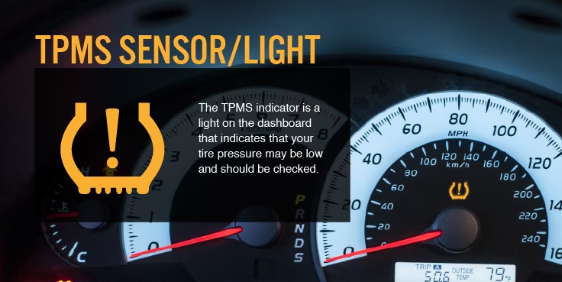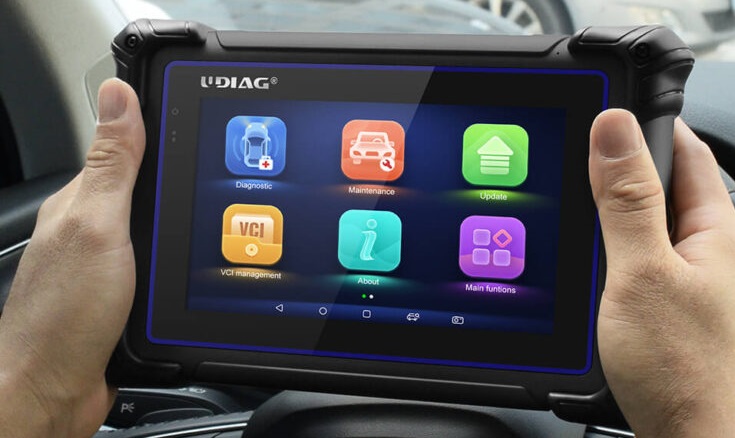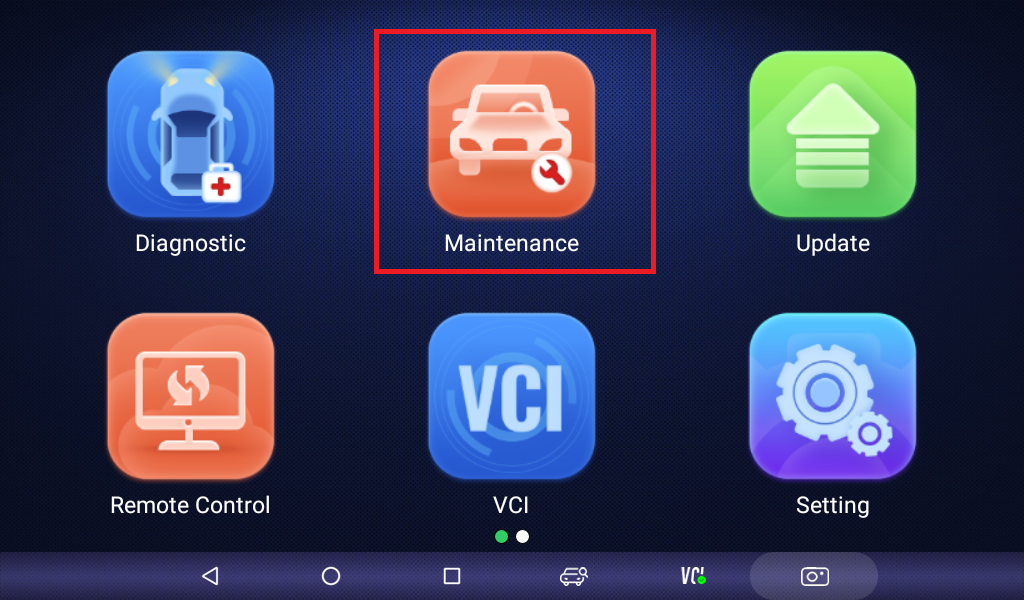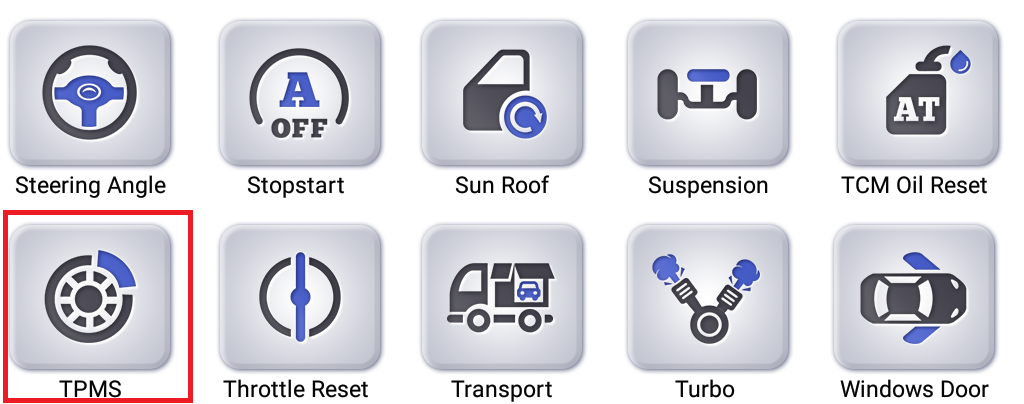What’s the Meaning of TPMS Lights on & What You Need to Do While TPMS Lighting on
2023-02-28 by UDIAG
Maintaining the health and safety of your vehicle is crucial, not only for your own well-being but also for the well-being of others on the road. One key aspect of vehicle maintenance is monitoring your tire pressure. Tire pressure affects a vehicle’s handling, fuel efficiency, and overall safety. That’s where TPMS comes in. TPMS (Tire Pressure Monitoring System), is a crucial component of modern vehicles that helps drivers monitor their tire pressure and ensure their safety on the road. In this article, we’ll explore what TPMS is, how it works, and what to do when the TPMS light comes on. Understanding these key concepts will help you maintain the health of your vehicle and keep yourself and others safe on the road.
I. What Is TPMS & How Does It Work?
TPMS (tire pressure monitoring system), is a safety feature found on most modern vehicles. TPMS constantly monitors the air pressure in your tires and alerts you when the pressure falls below a certain level. This system is designed to prevent accidents caused by underinflated tires, which can lead to poor handling, decreased fuel efficiency, and tire failure.
TPMS works by using sensors in each tire to measure the air pressure. These sensors then transmit the pressure readings to the vehicle’s onboard computer, which can then alert the driver if the pressure falls below a certain level.
II. What’s the Meaning of TPMS Light on?
When the TPMS light on your dashboard illuminates, it means that the system has detected a tire with low air pressure, or there is a malfunction with the TPMS system itself. Depending on the vehicle, the light may appear as an exclamation point or a warning symbol.

III. What You Need to Do When TPMS Light on?
If the TPMS light comes on while you are driving, it’s important to take action immediately. The first step is to check the air pressure in all four tires using a tire gauge. The recommended tire pressure can usually be found in the owner’s manual or on a sticker inside the driver’s side door. If any tire is underinflated, inflate it to the correct pressure.
If all of the tires are properly inflated, there may be a malfunction with the TPMS system itself. In this case, it’s recommended to take your vehicle to a certified mechanic for diagnosis and repair.
IV. Use UDIAG Car Diagnostic Computer to Test TPMS
To begin, connect the UDIAG Car Diagnostic Computer to the OBD-II port in your vehicle. This is usually located under the dashboard on the driver’s side. Once connected, turn on the ignition but do not start the engine. The UDIAG Car Diagnostic Computer will begin communicating with the vehicle’s onboard computer system.

Next, navigate to the TPMS section of the diagnostic tool’s menu. The exact location of this option may vary depending on the make and model of your vehicle, but it is typically found in the “Service” or “Tire” sections of the menu.


Once in the TPMS section, select the option to “Read Sensor Data” or “Read TPMS Information.” The UDIAG Car Diagnostic Computer will then communicate with each TPMS sensor in the vehicle and retrieve data such as tire pressure, temperature, and sensor ID.
V. Conclusion
In conclusion, TPMS is an important safety feature that helps prevent accidents caused by underinflated tires. When the TPMS light comes on, it’s important to take action immediately by checking the tire pressure and inflating any underinflated tires to the correct pressure. If the light remains on, a certified mechanic should diagnose and repair the issue to ensure that the system is functioning properly. By taking these steps, you can help ensure your safety on the road and prolong the life of your tires.


